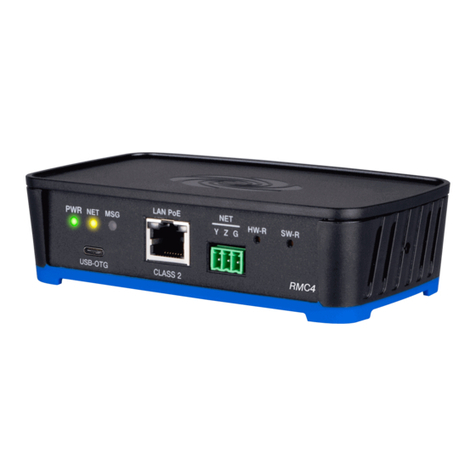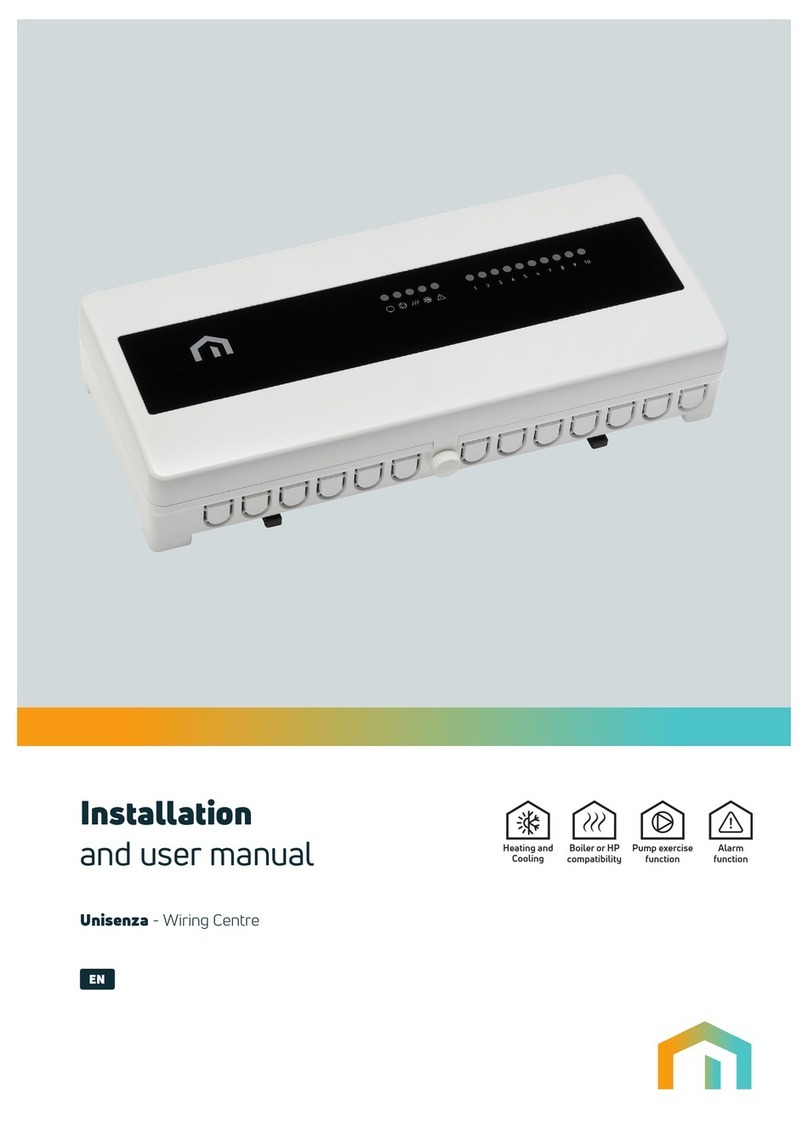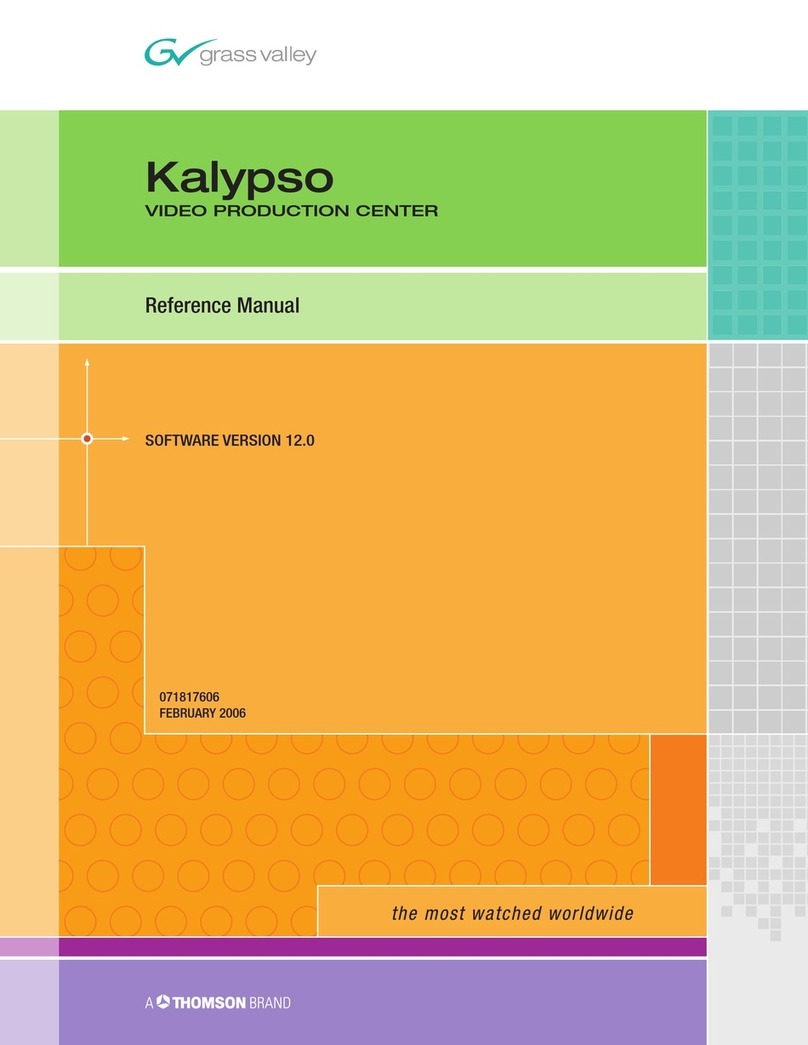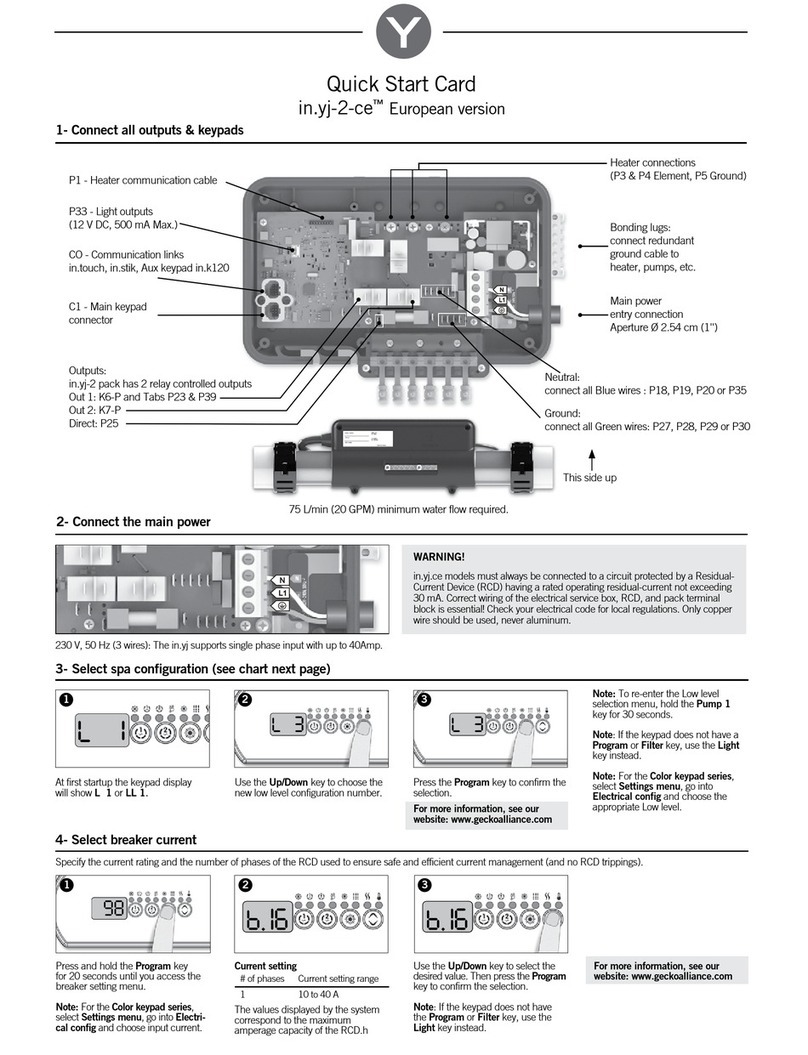Schaudt Electroblock EBL 271 User manual

Date: 14.02.2011
ESchaudt GmbH, Elektrotechnik und Apparatebau, Planckstraße 8, 88677 Markdorf, Germany, Tel. +49 7544 9577-0, Fax +49 7544 9577-29, www.schaudt--gmbh.de
811.523 BA / EN
Instruction Manual
Electroblock EBL 271
Table of contents
1 Safety information 2......................................
1.1 Meaning of safety symbols 2...............................
1.2 General safety information 2...............................
2 Introduction 3............................................
3 Operation 3..............................................
3.1 Starting up the system 3...................................
3.2 Changing the battery 4....................................
3.3 Operating faults 5........................................
3.4 Closing down the system 7................................
4 Application and functions in detail 8.........................
4.1 Battery functions 9........................................
4.2 Additional functions 10.....................................
5 Maintenance 10...........................................
Appendix 11..............................................

Instruction Manual for Electroblock EBL 271
2
Date: 14.02.2011 811.523 BA / EN
1 Safety information
1.1 Meaning of the safety symbols
Y
DANGER!
Failure to comply with this sign may result in danger to life and limb.
Y
WARNING!
Failure to comply with this sign may result in injury.
Y
ATTENTION!
Failure to comply with this sign may result in damage to the device or other
connected consumers.
1.2 General safety instructions
The design of the device is state-of-the-art and complies with approved sa-
fety regulations. Failure to observe the safety instructions may nonetheless
result in damage to the device or injury to persons.
Only use the device when it is in perfect technical condition.
Any faults that may affect the safety of persons or the proper functioning of
the device must be repaired immediately by specialists.
Y
DANGER!
230 V unit carrying mains voltage.
Risk of fatal injury due to electric shock or fire:
F
Do not carry out maintenance or repair work on the device.
F
If cables or the device housing are damaged, no longer use the device
and isolate it from the power supply.
F
Ensure that no liquids enter the device.
Y
WARNING!
Hot components!
Burns:
F
Only change blown fuses when the device is completely de-energised.
F
Blown fuses may only be replaced when the cause of the fault is
known and rectified.
F
Never bypass or repair fuses.
F
Only use original fuses rated as specified on the device.
F
Device parts can become hot during operation. Do not touch them.
F
Never store heat sensitive objects close to the device (e.g. tempera-
ture sensitive clothes if the device has been installed in a wardrobe).

Instruction Manual for Electroblock EBL 271
3
Date: 14.02.2011
811.523 BA / EN
2 Introduction
This instruction manual contains important information for safe operation of
the device. Make sure you read and follow the safety instructions provided.
The instruction manual should always be kept in the vehicle. All safety infor-
mation must be passed on to other users.
3 Operation
The electroblock is operated solely via the IT ... / LT ... control and switch
panel connected. .
Operation of the EBL 271 electroblock is not required in daily use.
Settings only have to be configured once when the battery type is changed
(lead-acid or lead-gel), during initial start-up or when retrofitting accessories
(see Section 3.2 and the installation instructions for the EBL 271).
3.1 Starting up the system
Y
ATTENTION!
Incorrect electroblock settings can result in damage to connected devices.
Therefore prior to starting:
F
Ensure the living area battery is connected.
F
Ensure that the battery selector switch (Fig. 3, Pos. 9) is set to the
correct position for the battery installed.
Use the main 12V switch (see instruction manual for relevant control and
switch panel) to switch on/off all the consumers and the control and switch
panel.
Outputs are exceptions:
F
Car radio
F
Heater
F
Refrigerator controller
F
Step
F
Awning light
F
TV
These outputs are not disabled via the main switch of the IT ... /LT ... control
and display panel.
Please refer to the operating instructions for the IT ... /LT... control and
switch panel for further information. .

Instruction Manual for Electroblock EBL 271
4
Date: 14.02.2011 811.523 BA / EN
Y
ATTENTION!
The electroblock, 12V consumers and the connected devices can be da-
maged if the thresholds for the 230V supply are exceeded. Note therefore
the following:
F
It is essential that the generator conforms to the specifications of the
mains supply.
F
Do not connect the generator until it is running smoothly.
F
Do not connect the electroblock to the mains supply on board passen-
ger vehicle ferries (a correct mains supply is not always guaranteed
on board these ferries).
3.2 Changing the battery
Y
ATTENTION!
Using incorrect battery types or incorrectly designed batteries results in
damage to the battery or devices connected to the electroblock. So there-
fore:
F
Batteries should only be changed by qualified personnel.
F
Follow the battery manufacturer’s instructions.
F
Only connect the electroblock to 12V power supplies with rechargea-
ble 6-cell lead gel or lead acid batteries. Do not use any unsuitable
battery types.
Y
Normally only batteries of the same type and capacity should be used,
i.e. the same as those installed by the manufacturer.
Y
It is possible to swap lead acid batteries with lead gel batteries. However,
swapping from lead-gel batteries to lead-acid batteries is only possible in
certain cases. Contact the vehicle manufacturer for more information.
"
Electrically disconnect the battery from the electroblock. To do this, ena-
ble battery isolation on the IT .../LT .... control and switch panel (see also
Section 3.1).
"
Replace battery.
"
After changing the battery, recheck which type of battery has been inser-
ted.
Y
DANGER!
Incorrectly setting the battery selector switch poses a risk of explosion due
to the formation of detonating gas. So therefore:
F
Move the battery selector switch to the correct position.
"
Disconnect the electroblock from the mains before adjusting the battery
selector switch.
Generator operation and
passenger vehicle
ferries
Changing the battery

Instruction Manual for Electroblock EBL 271
5
Date: 14.02.2011
811.523 BA / EN
1
Fig. 1 Battery selector switch
"
Move the battery selector switch (Fig. 1, Pos. 1) into the correct position:
F
Lead gel battery: Move the battery selector switch to ”Lead-gel”.
F
Lead acid battery: Move the battery selector switch to ”Lead-acid”.
F
AGM battery: Schaudt GmbH recommends charging AGM batteries
with their chargers in switch position ”Lead-gel battery”.
We believe that AGM batteries can be charged perfectly this way. Ho-
wever, suitability must be checked using information from the battery
supplier and the charging parameters of Schaudt equipment. The
charging parameters are specified in the operating and installation
instructions.
"
Start up the system as described in Section 3.1.
3.3 Faults
A fault in the power supply system is usually caused by a blown fuse.
Please contact our customer service department if you cannot rectify the
fault using the following table.
If this is not possible, e.g. if you are abroad, you can have the electroblock
repaired at a specialist workshop. In this case you must ensure that the war-
ranty is not invalidated by incorrect repairs being carried out and Schaudt
GmbH will not accept any liability for damage resulting from such repairs.
The following functions are protected by a polyswitch fuse:
F
12V indicator
F
Battery 1
F
Output D+
F
Marker lights
If there is a fault here, the cause of the overload must be rectified. After-
wards, the relevant supply circuit must be interrupted for a period of about 1
minute (e.g. by removing the relevant connector, see block diagram on Page
14). The polyswitch fuses are reset automatically during this period.
AGM batteries
Starting up
the system
Flat vehicle fuses
Polyswitch fuses

Instruction Manual for Electroblock EBL 271
6
Date: 14.02.2011 811.523 BA / EN
Fault Possible cause Remedy
Living area battery is not
h
d
d
i
2
3
0
V
No mains voltage Switch on the automatic
i
i
b
k
i
h
h
i
g
y
charged during 230V ope-
r
a
t
i
o
n
(
b
a
t
t
e
r
y
v
o
l
t
a
g
e
g
circuit breaker in the vehi-
c
l
e
;
c
h
e
c
k
t
h
e
m
a
i
n
s
v
o
l
-
r
a
t
i
o
n
(
b
a
t
t
e
r
y
v
o
l
t
a
g
e
constantly below 13.3 V)
c
l
e
;
c
h
e
c
k
t
h
e
m
a
i
n
s
v
o
l
-
tage
y
)
Too many consumers are
switched on
Switch off any consumers
not required
Defective electroblock Contact customer service
Living area battery is over-
charged during 230V ope-
ration (battery voltage
constantly above 14.5 V)
Defective electroblock Contact customer service
Starter battery is not char-
d
d
i
2
3
0
V
No mains voltage Switch on the automatic
i
i
t
b
k
i
t
h
h
i
y
ged during 230V opera-
t
i
o
n
(
b
a
t
t
e
r
y
v
o
l
t
a
g
e
c
o
n
-
g
circuit breaker in the vehi-
c
l
e
;
c
h
e
c
k
t
h
e
m
a
i
n
s
v
o
l
-
t
i
o
n
(
b
a
t
t
e
r
y
v
o
l
t
a
g
e
c
o
n
-
stantly below 13.0 V)
c
l
e
;
c
h
e
c
k
t
h
e
m
a
i
n
s
v
o
l
-
tage
y
)
Too many consumers are
switched on
Switch off any consumers
not required
Defective electroblock Contact customer service
Living area battery is not
h
d
d
i
b
i
l
Defective alternator Check the alternator
g
y
charged during mobile
o
p
e
r
a
t
i
o
n
(
b
a
t
t
e
r
y
v
o
l
t
a
g
e
No voltage on D+ input Check the fuse and wiring
o
p
e
r
a
t
i
o
n
(
b
a
t
t
e
r
y
v
o
l
t
a
g
e
below 13.0 V) D+ switch on the electro-
block is not set correctly.
Set the switch according
to the D+ signal from the
vehicle (12V or active
ground) -- dealer
Defective electroblock Contact customer service
The living area battery is
overcharged during mo-
bile operation (battery vol-
tage constantly above
14.3 V)
Defective alternator Check the alternator
The refrigerator does not
work during mobile opera-
tion
No power supply to the re-
frigerator
Check the fuse (20A of the
supply; possibly 2A of the
D+ signal or Polyswitch)
and wiring
Defective electroblock Contact customer service
Defective refrigerator Check the refrigerator
Solar charging does not Solar charge regulator not Plug in solar charge regu-
S
o
l
a
r
c
h
a
r
g
i
n
g
d
o
e
s
n
o
t
work
S
o
l
a
r
c
h
a
r
g
e
r
e
g
u
l
a
t
o
r
n
o
t
plugged in
P
l
u
g
i
n
s
o
l
a
r
c
h
a
r
g
e
r
e
g
u
lator
Defective fuse or wiring Check fuse and wiring
Solar charge regulator de-
fective
Check solar charge regu-
lator

Instruction Manual for Electroblock EBL 271
7
Date: 14.02.2011
811.523 BA / EN
Fault RemedyPossible cause
12V supply does not work
i
n
t
h
e
l
i
v
i
n
g
a
r
e
a
12V main switch for the li-
v
i
n
g
a
r
e
a
b
a
t
t
e
r
y
i
s
s
w
i
t
12V main switch for the li-
v
i
n
g
a
r
e
a
b
a
t
t
e
r
y
m
u
s
t
b
e
i
nt
h
e
l
i
v
i
ng area v
i
ng area
b
attery
i
ssw
i
t-
ched off
v
i
ng area
b
attery must
b
e
switched on
Not all plugs or fuses are
p
l
u
g
g
e
d
i
n
t
o
t
h
e
e
l
e
c
t
r
o
Insert all plugs and fuses
(
c
o
r
r
e
c
t
v
a
l
u
e
s
)
i
n
t
o
t
h
e
p
l
ugge
d
i
nto t
h
ee
l
ectro-
block
(
correct va
l
ues
)
i
nto t
h
e
electroblock
D
e
f
e
c
t
i
v
e
f
u
s
e
o
r
w
i
r
i
n
g
C
h
e
c
k
f
u
s
e
a
n
d
w
i
r
i
n
g
D
e
f
ect
i
ve
f
use or w
i
r
i
ng
C
h
ec
k
f
use an
d
w
i
r
i
ng
Defective electroblock Contact customer service
Marker lights do not work Polyswitch fuse has trip-
ped
Switch off the electroblock
for at least 1 minute (di-
s
c
o
n
n
e
c
t
f
r
o
m
2
3
0
V
s
u
p
sconnect
f
rom
2
3
0
V
sup-
ply if required), then switch
it on again
No control signal from the
basic vehicle
Check the base vehicle
Y
The charging current is reduced automatically if the device becomes too
hot due to excessive ambient temperature or lack of ventilation. Always
prevent the device from overheating nevertheless.
Y
If the automatic shutdown mechanism of the battery monitor is triggered,
fully charge the living area battery.
3.4 Closing down the system
A battery is isolated by switching off the main switch on the IT .../LT ... con-
trol and switch panel and by disconnecting a plug connector.
Y
ATTENTION!
Damage to the living area battery as a result of total discharge. So therefore:
F
Fully charge the living area battery before and after closing down the
system. (Connect vehicle to the mains with an 80Ah battery at least
12 hours and with a 160Ah battery at least 24 hours).
When the motorhome is not used for a long time, consumers with a perma-
nent supply should be disconnected from the battery.
"
12V supply on the IT ... / LT control and switch panel must be switched
off.
"
Fully charge the living area battery before closing down the system.
"
Remove the MNL connector on block 4 of the electroblock.
The living area battery now only supplies the permanent positive input of the
radio (e.g. to prevent the code from having to be re-entered every time after
closing down).
Follow the instructions of the battery manufacturer.
Closing down

Instruction Manual for Electroblock EBL 271
8
Date: 14.02.2011 811.523 BA / EN
4 Application and functions in detail
The EBL 271 electroblock is the central power supply unit for all 12V consu-
mers in the vehicle’s electrical system. It is usually located in a cupboard or
storage area and is accessible from the front to change fuses.
EBL 271
IT.../LT...
+--
+--
Control and
display panel
Electroblock
230V AC
12V consumers Living area battery
Starter battery
Lighting
Pump
Heater
etc.
Fig. 2 On-board power supply system
The EBL 271 electroblock contains:
F
a charge module for charging all connected batteries
F
the 12V distribution unit
F
fuses for the 12V circuits
An IT ... or LT ... control and switch panel must be connected for operation.
These devices control the electrical functions in the vehicle’s living area, inc-
luding accessories.
There is also an option to connect an additional charger and a solar charge
regulator.
Flat vehicle fuses protect the various circuits. The two D+ outputs and the
output for the refrigerator controller are exceptions. These are protected by
a Polyswitch fuse:
F
Excess temperature
F
Overload
F
Short circuit
230V AC ±10%, 47 to 63 Hz sinusoidal, protection class I
12V outputs may be loaded with max. 90% of the rated current of the re-
spective fuse (also see front panel).
Modules
System devices
Protective circuits of the
charger module
Mains connection
Current-carrying
capacity

Instruction Manual for Electroblock EBL 271
9
Date: 14.02.2011
811.523 BA / EN
4.1 Battery functions
6-cell lead acid or lead gel batteries, 55 Ah and above
Simultaneous charging of the starter battery and the living area battery via
the alternator, parallel connection of the batteries via a cut-off relay
The switching option provided by the battery selector switch ensures opti-
mum charging of the two battery types (lead gel and lead acid).
With LT .... control and switch panel : approx. 4 mA
(depending on the control and switch panel used) under the following condi-
tions:
F
No mains connection
F
Living area battery voltage 12.6V
F
12V main switch ”OFF”
Living area battery
Characteristic charging curve IUoU
End of charge voltage 14.3V
Charging current 18A
Voltage for float charge 13.8V with automatic switch function
Starter battery
Charging current float charge max. 2A
Suitable batteries
Battery charging
whilst moving
Battery selector switch
Standby current from
living area battery
(without consumer
currents)
Battery charging via
mains connector

Instruction Manual for Electroblock EBL 271
10
Date: 14.02.2011 811.523 BA / EN
4.2 Additional functions
This output can be used to continually supply an existing refrigerator control-
ler.
The power supply to this consumer is automatically interrupted as soon as
the engine starts running (the D+ connection is live in this case or switched
to ground, depending on the type of vehicle). The awning light can still be
used even if the 12V power supply is switched off.
The conventional D+ signal (D+ connection is live when the engine is run-
ning) is evaluated directly.
An integrated D+ converter enables the connection of vehicles for which the
D+ signal is provided as an active ground signal (e.g. FIAT).
A changeover switch on the electroblock specifies which D+ signal is to be
evaluated.
This feature provides an automatic max. 2 A float charge for the starter bat-
tery when the 230V mains is connected to the electroblock.
This output is suitable for supplying the side marker lights of the motorhome.
The associated voltage output is switched on as soon as control signal ”Ve-
hicle lighting ON” of the basic vehicle is applied at the relevant control input
of the EBL 271.
This output provides a supply voltage to operate an electric fold-away bed.
The voltage is only applied when switch AUX ON of the control and switch
panel is ON AND D+ is not applied, i.e. the vehicle engine is not running.
This prevents unintentional operation of the bed whilst the vehicle is moving.
5Maintenance
The EBL 271 electroblock is maintenance free.
Clean the electroblock with a soft, slightly damp cloth and mild detergent.
Never use spirit, thinners or similar substances. Do not allow liquids to enter
the electroblock.
No part of this manual may be reproduced, translated or copied without ex-
press written permission.
Refrigerator controller
Awning light
D+ signal
Mains charging of the
starter battery
Marker lights
Power to the electrical
fold-away bed
Cleaning
E

Instruction Manual for Electroblock EBL 271
11
Date: 14.02.2011
811.523 BA / EN
Appendix
A EC declaration of conformity
Schaudt GmbH hereby confirms that the design of EBL 271 electroblock
complies with the following relevant regulations:
EC low voltage directive
2006/95/EC dated 12.12.2006
Electromagnetic compatibility directive
2004/104/EC dated 14.10.2004
2005/49/EC dated 25.07.2005
and
2005/83/EC dated 23.11.2005
The original EC declaration of conformity is available for reference at any
time. Used as the basis for this declaration (application submitted for appro-
val; date 04/2010):
Typgen. no.: e1*72/245*2009/19*5664*__
EC gen. mark.: e1 035664
Schaudt GmbH, Elektrotechnik & Apparatebau
Planckstraße 8
88677 Markdorf
Germany
B Special fittings/accessories
Schaudt IT ... / LT ... switch panel (required for operation)
C Customer service
Schaudt GmbH, Elektrotechnik & Apparatebau
Planckstraße 8
D-88677 Markdorf
Phone: +49 7544 9577-16 email: kundendienst@schaudt-gmbh.de
Office hours Mon to Thurs 08.00 -- 12.00, 13.00 -- 16.00
Fri 08.00 -- 12.00
Returning a defective device:
"
Fill in and enclose the fault report, see Appendix D.
"
Send it to the addressee delivered free.
Manufacturer
Address
Switch panel
Customer service
address
Send in device

Instruction Manual for Electroblock EBL 271
12
Date: 14.02.2011 811.523 BA / EN
D Fault report
In the event of damage please fill in the fault report and send with the faulty
device to the manufacturer.
Device type: _______________________
Item no.: _______________________
Vehicle: Manufacturer: _______________________
Model: _______________________
Own installation? Yes -No -
Upgrade? Yes -No -
Upstream overvoltage protection? Yes -No -
Following fault has occurred (please tick):
-Electrical consumers do not work -- which?
(please specify below)
-Switching on and off not possible
-Persistent fault
-Intermittent fault/loose contact
Other remarks:

Instruction Manual for Electroblock EBL 271
13
Date: 14.02.2011
811.523 BA / EN
E Design
12345678
12
9
13
11
14
10
Fig. 3 Layout of the EBL 271 electroblock (front)
1 Block 8: IT ... / LT ... control and switch panel
2 Block 7: Aux 3...6, fold-away bed, marker lights
3 Block 6: Aux 1, 2, lighting, continual positive for radio
4 Block 5: D+ (input, output), battery sensor
5 Block 4: Consumers, not connected
6 Block 3: Additional charger
7 Block 2: Solar regulator
8 Block 1: Refrigerator
9 D+ signal changeover switch
10 Selector switch for acid/gel battery
11 Assembly flaps
12 Flat vehicle fuses
13 Mains connector
14 Housing
123
Fig. 4 Layout of EBL 271 electroblock (rear)
1 Connector for living area battery
2 Ground connector
3 Connector for starter battery

Instruction Manual for Electroblock EBL 271
14
Date: 14.02.2011 811.523 BA / EN
F Block diagram/wiring diagram
Charging relay
Battery 1
MNL socket, 2F block 3
Auxiliary charger
Battery
cut--out relay, 70A
LAS 1218
14.3V--18A
S 1218
Mains 230V~50Hz
IEC connector
Changeover switch
lead acid
lead gel/
Plug connector MSFQ/O 12F -- block 8
+ living area battery (batt.2)
Negative living area battery
+ Starter battery (batt.1)
nc
nc
Pump switch
Spare
Mains indicator
Light
+ sensor, living area battery (batt. 2)
12V indicator
+ Starter battery (batt.1)
12V ON
12V OFF
Minus sensor living area battery (batt. 2)
Minifit SR 4F -- block 1
+ batt. 1 for refrigerator *
Minus batt.1 for
Negative, refrigerator
Refrigerator lines
must be routed separately
from other battery
lines to the
battery terminals.
*
+ Refrigerator
refrigerator *
20A
Negative living area battery sensor
+ sensor, living area battery
D+ input
MNL socket 4F -- block 5
D+ point
2A
2A
D+ point
+Pump
Connected negative pole of pump
Light 1
Light 2
Spare 1
MNL socket 12F -- block 6
Spare 1
+ Continual positive for radio
MNL socket 9F -- block 4
TV
Awning light
Step
Heater
Permanent
12V
Refrigerator controller
KPL EBL 271 PCB
MNL socket
3F block 2
SB +
LR ...
Solar
charge regulator
Solar module
WB--
--
Switching stage
Spare 3
Spare 4
Spare 5
Spare 6
Foldaway bed
Marker
lights BL
+ Control signal BG
-- Control signal BG
Fridge --
Relay
HS relay
(60A)
MNL--
Socket
15F-- Block 7
Table of contents
Popular Control System manuals by other brands
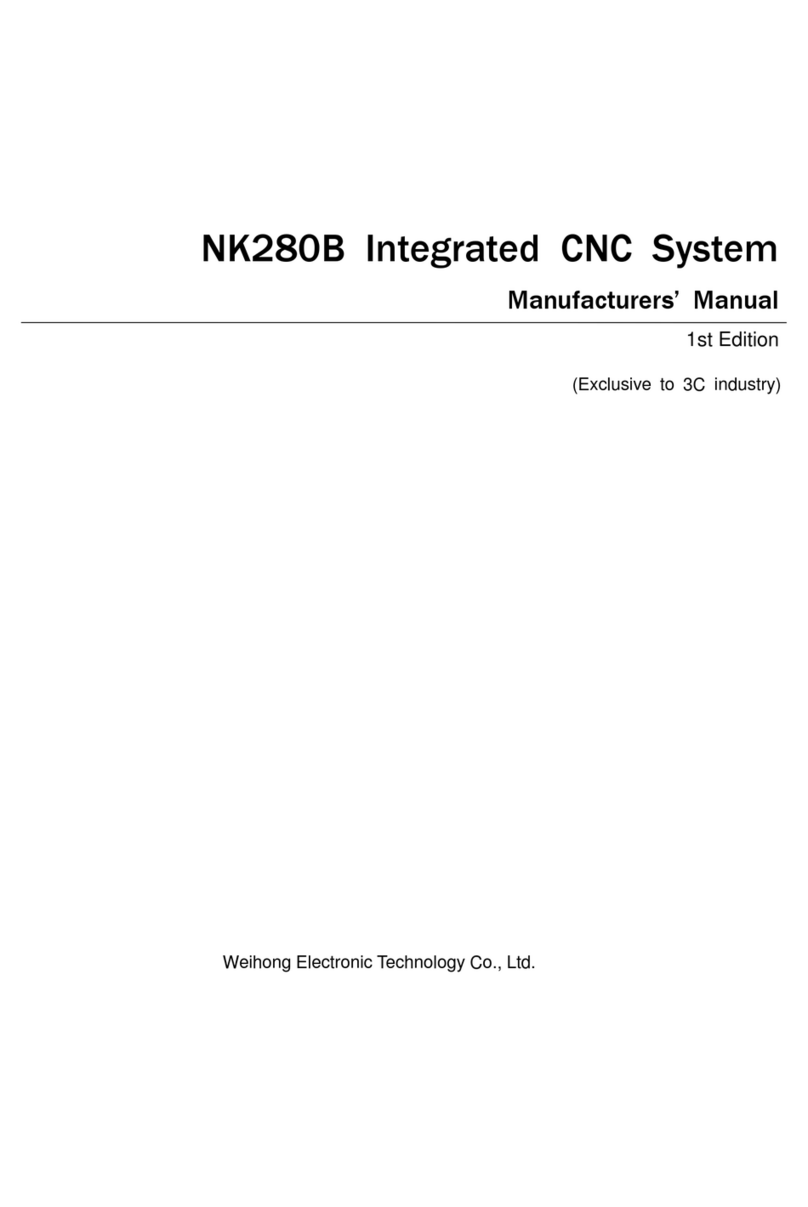
WEIHONG
WEIHONG NK280B manual
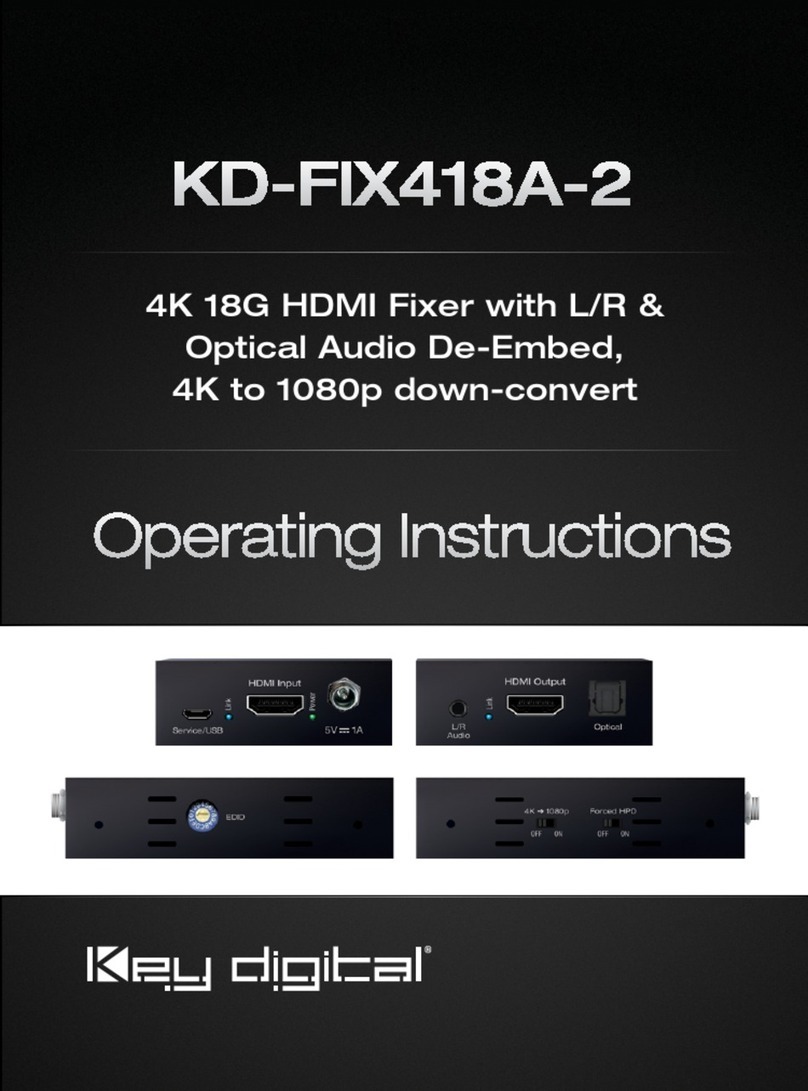
Key Digital
Key Digital KD-FIX418A-2 operating instructions
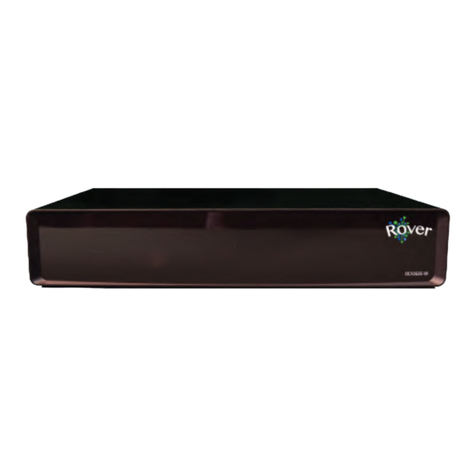
ETC
ETC Rover user guide
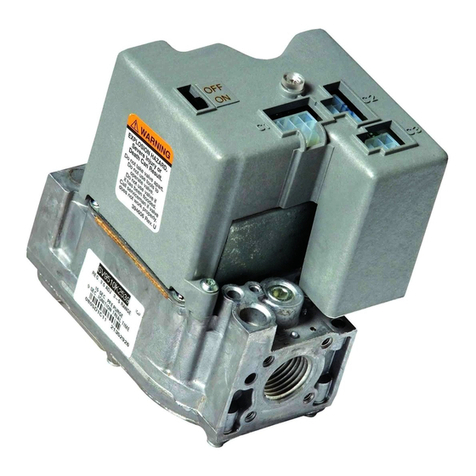
resideo
resideo SmartValve SV9410 installation instructions
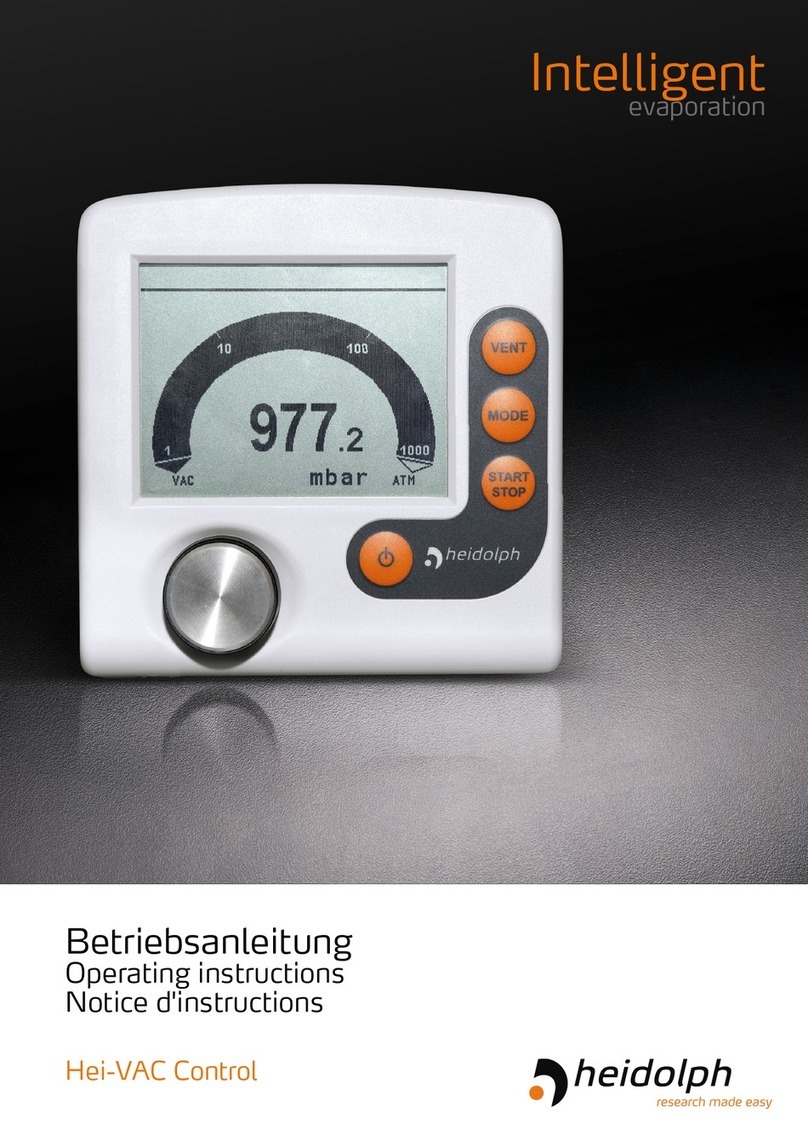
Heidolph
Heidolph Intelligent evaporation Hei-VAC Control operating instructions
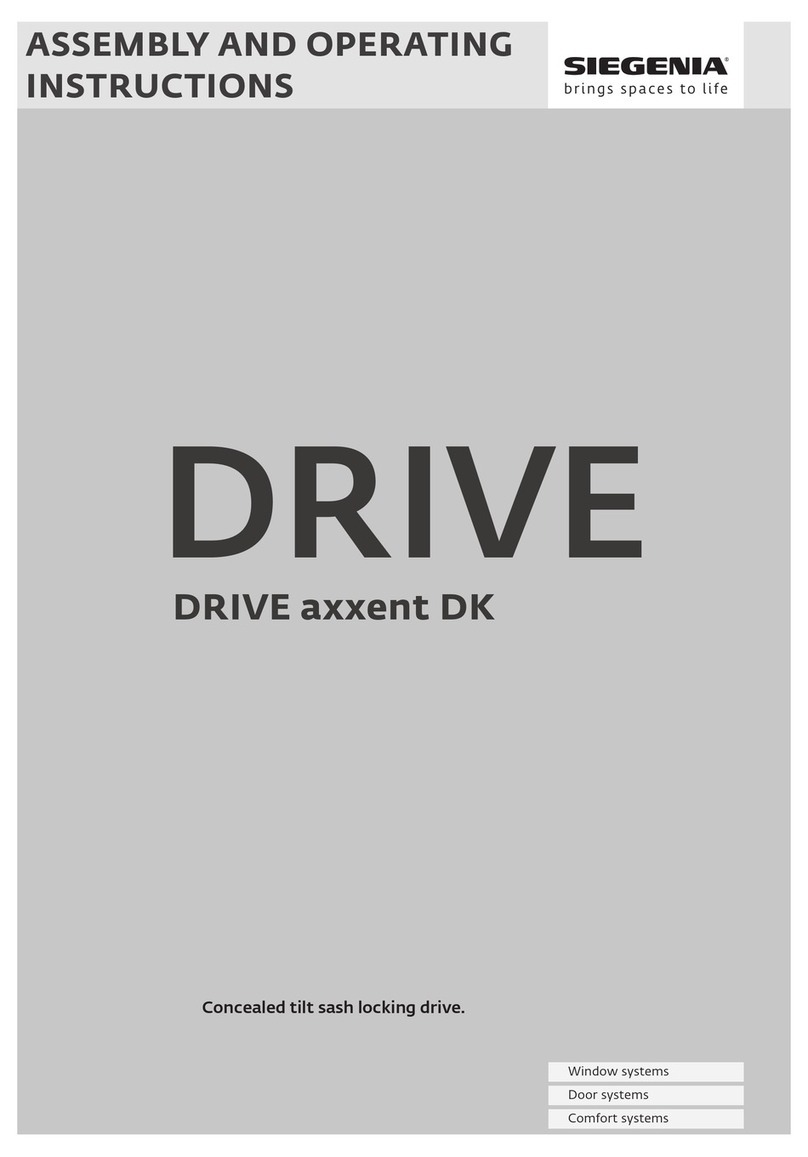
Siegenia
Siegenia DRIVE axxent DK Assembly and operating instructions
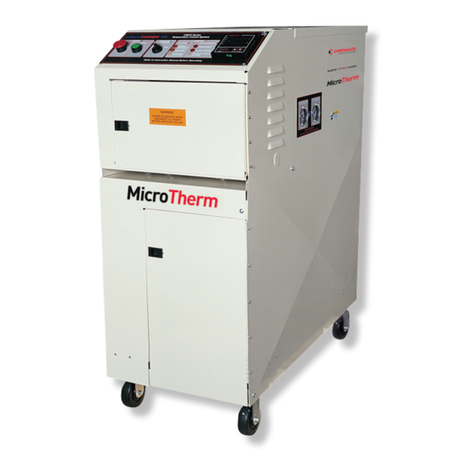
Chromalox
Chromalox MicroTherm Installation & operation manual
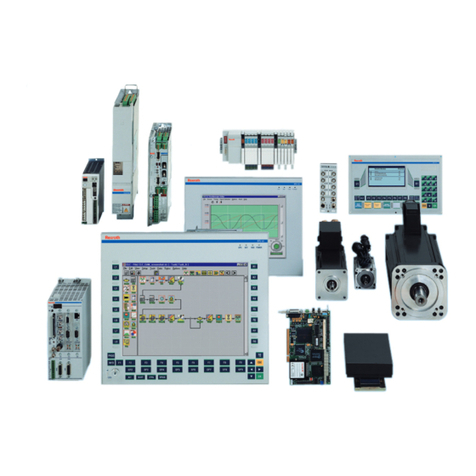
REXROTH
REXROTH VisualMotion 9 troubleshooting guide

Siemens
Siemens SINUMERIK 840D sl Diagnostics guide
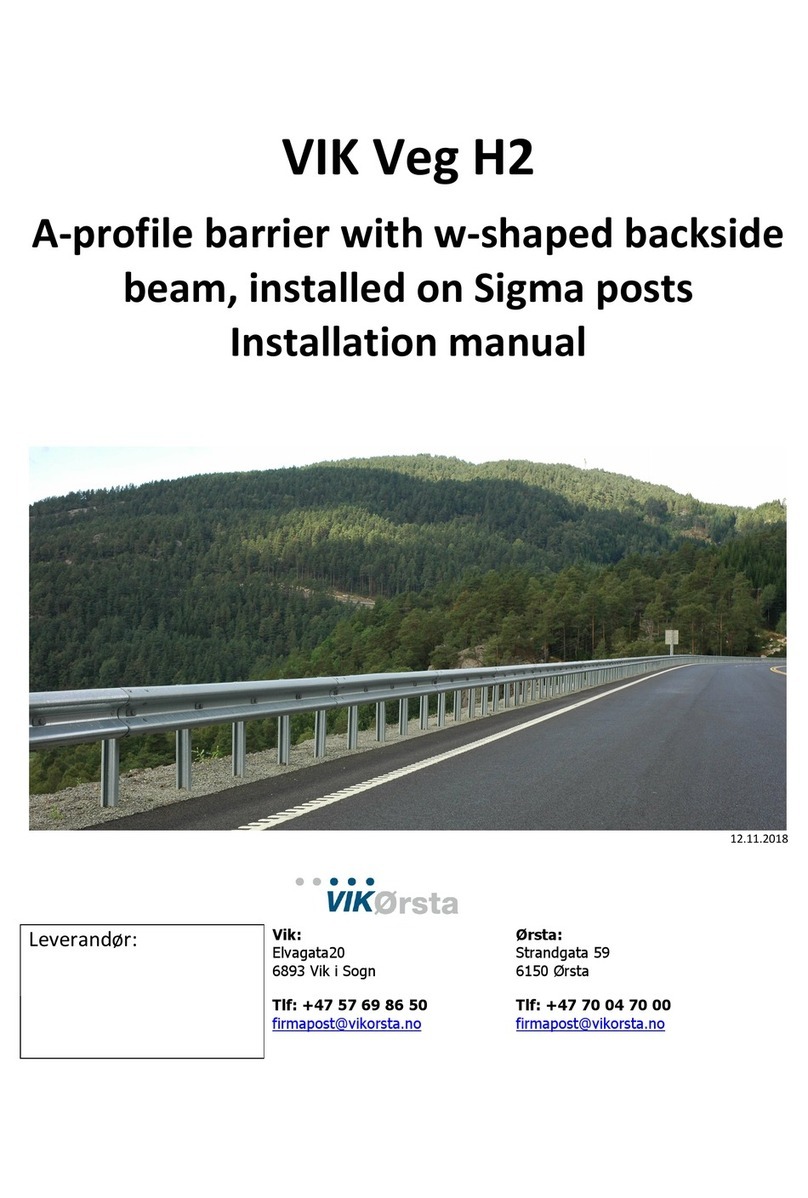
Saferoad
Saferoad VikOrsta VIK Veg H2 installation manual
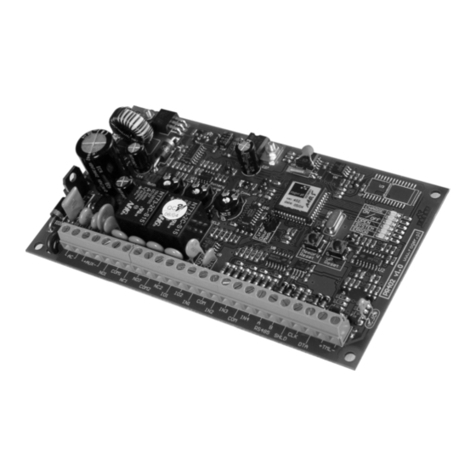
Roger
Roger CPR32-SE v2.0 operating manual
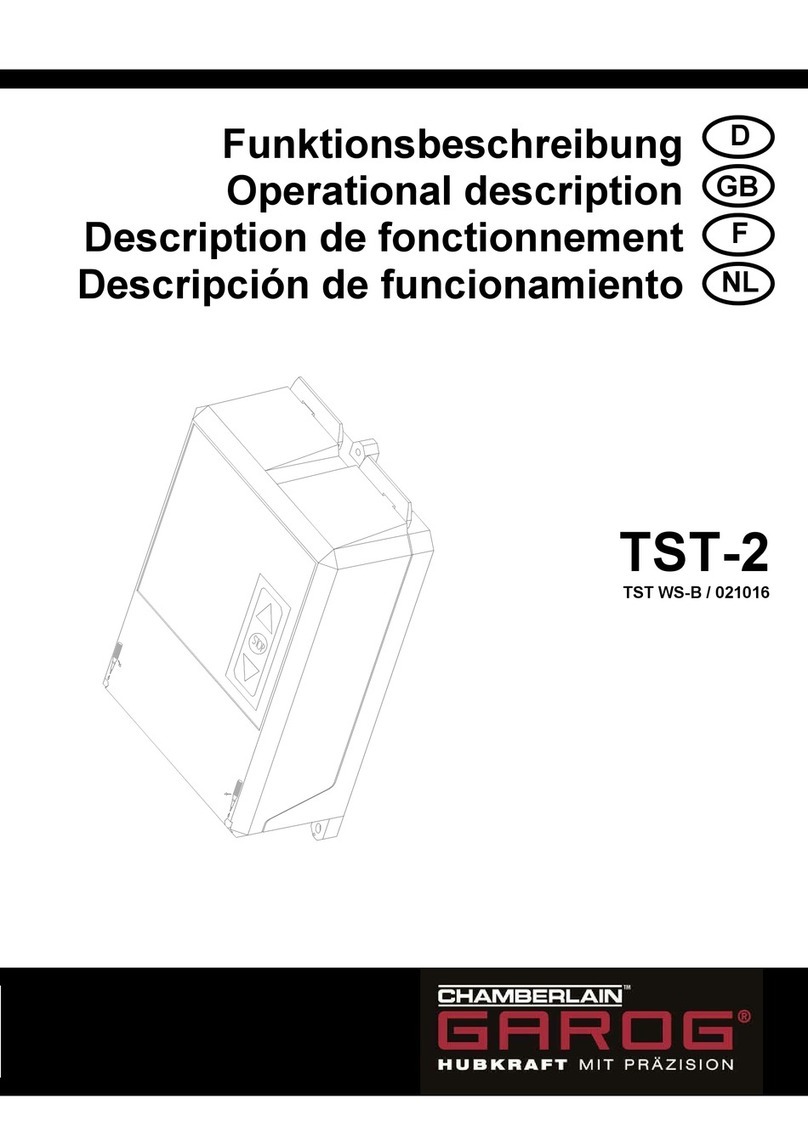
Chamberlain
Chamberlain GAROG TST-2 Operational description
